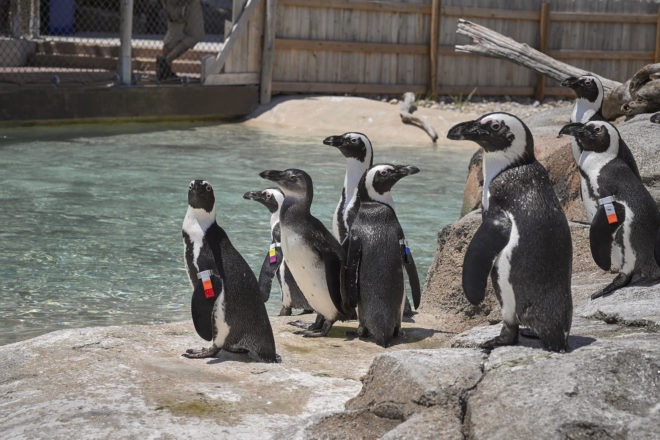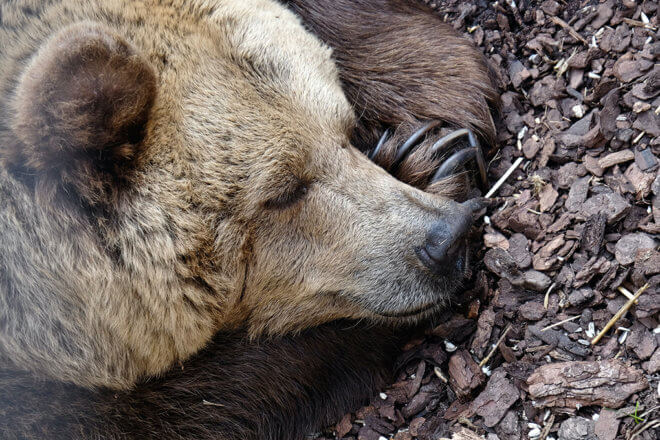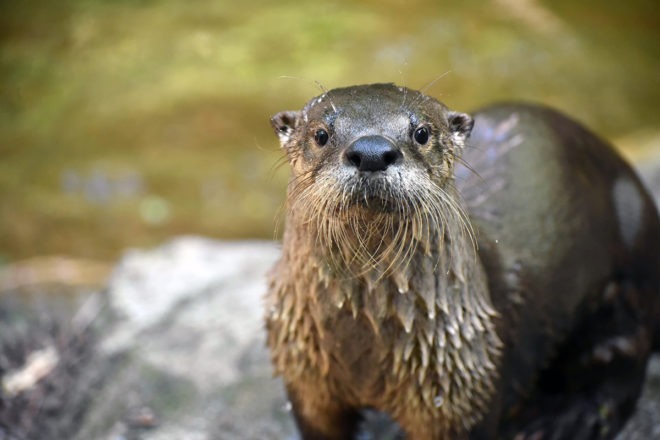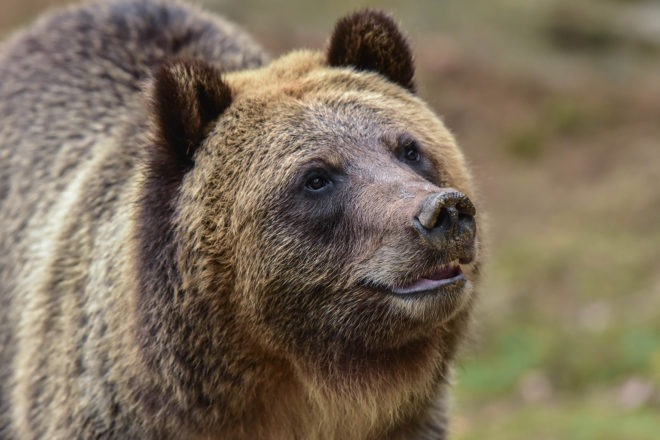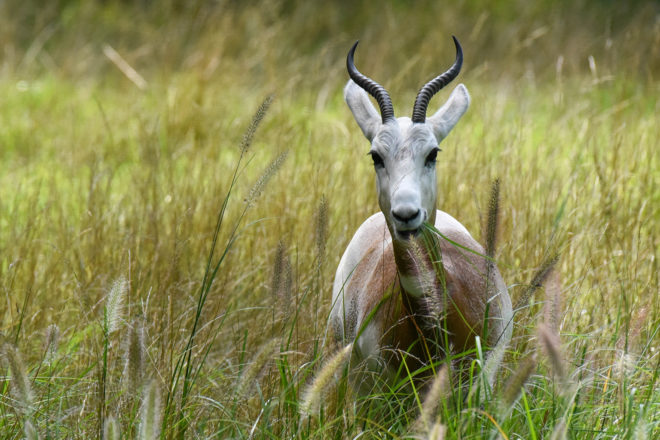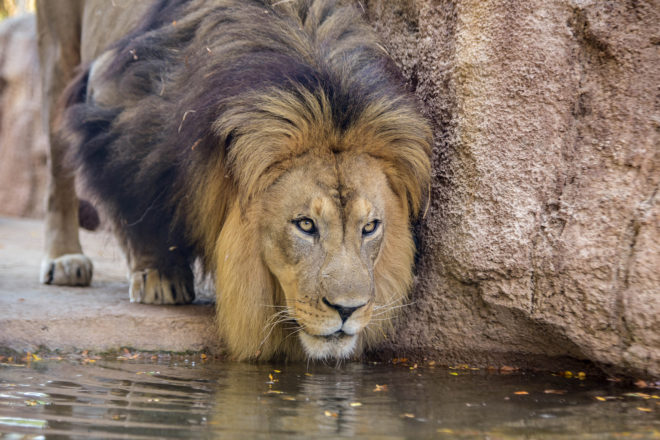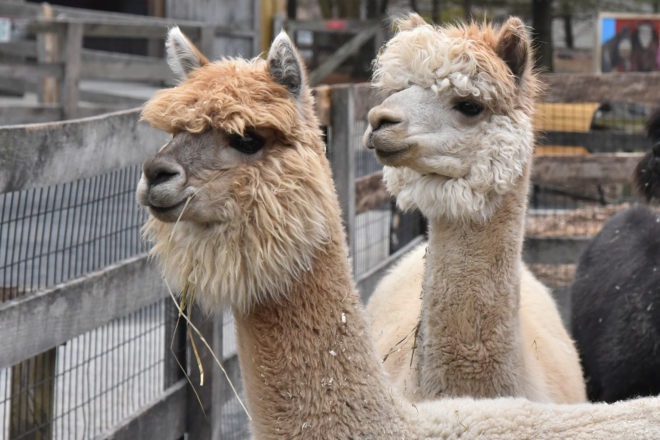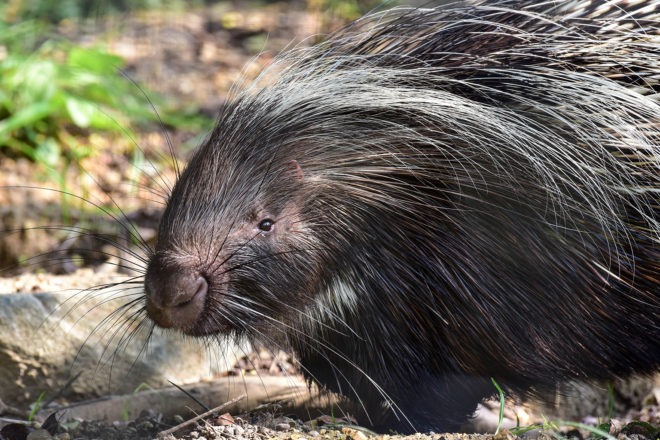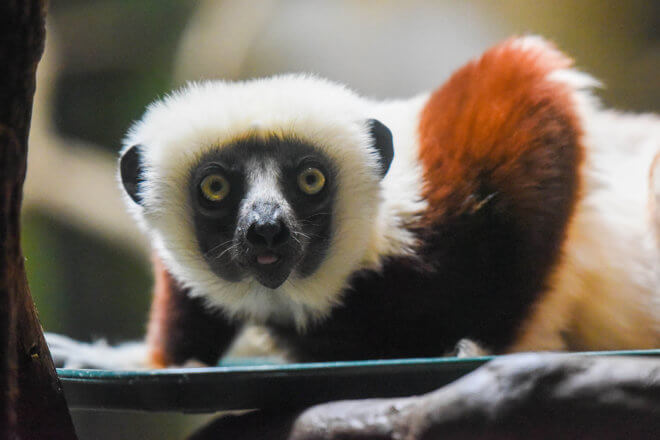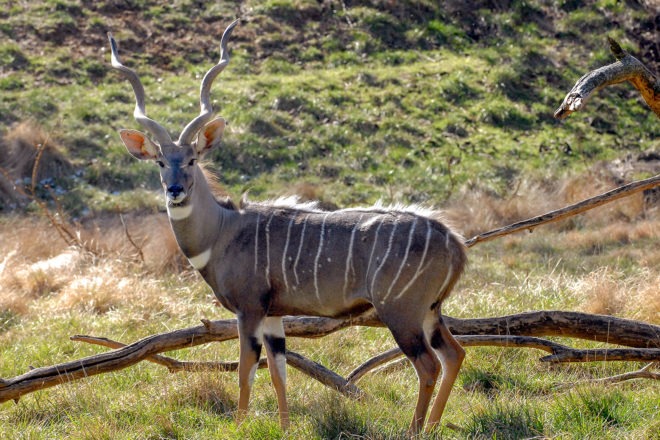The Giraffe House is currently closed for Kipi and her calf.
Groups & Parties
No matter the event you have in mind, we want to make your event one to remember. Home to more than 1,500 animals from 200 different species and situated in the urban oasis of Druid Hill Park, the Maryland Zoo in Baltimore offers the perfect backdrop for your special event. Explore the diverse array of locations and stunning habitats across our campus ...
Functional Fitness
Welcome to the jungle gym! Get active with the animals and take part in a 60-minute functional fitness class led by instructors from Outlast Health and Performance. This highly specialized programming incorporates injury prevention and movement optimization that challenges your body and enhances your overall health and performance. This class includes a ...
Northern Passage Keeper Chat
Hear directly from the keepers who care for the animals in the Northern Passage. Plus, check out the new display monitor, which features footage of the grizzly bear sisters while they slumber. Then, get all of your questions answered during a special Q&A. *PLEASE NOTE: Due to animal care priorities, some scheduled activities may be delayed ...
Maryland Wilderness Keeper Chat
Your chance to learn more about North American river otters, bobcats, and other animals in the Maryland Wilderness portion of the Zoo! Keepers will meet guests in front of the bobcat habitat and share species-specific info. *PLEASE NOTE: Due to animal care priorities, some scheduled activities may be delayed or canceled without notice. All ...
Brown Bear
Brown bears live all across the northern hemisphere and thrive in many types of habitat including forest, taiga, tundra, and coastal and semi-desert areas. Two subspecies of brown bear live in North America: the grizzly bear and the Kodiak bear. Grizzlies primarily inhabit interior areas of Canada, Alaska, and the continental U.S. (in a handful of ...
Dollars For Dung Fundraiser
This Valentine's Day, turn heartbreak into hilarity. For just $5, you can name a pile of animal dung after your ex! It's the perfect way to talk smack while supporting animal care and conservation. While it may sound silly, your dung donation has a real-world impact. We're home to over 1,000 animals, including critically-endangered species like ...
Addra Gazelle
Addra gazelles live in Africa’s Sahara desert region, from Mauritania to Sudan. They move seasonally from scrub land during the dry season to desert during the wet season. See the Addra Gazelle on exhibit in the African Journey area of The Maryland Zoo. Addra gazelles have adapted well to their harsh and arid habitat. They browse and graze mainly on ...
African Lion
Lions mostly prowl Africa’s plains and savannas, although they can adapt to many habitat types, including thorn scrub and even desert fringes. Lions are not exclusive to Africa. There are both African and Asian lions. A small population of lions lives in the forested regions of northwest India – a remnant of the lion’s former domain that once ...
Alpaca
Alpacas are the smallest of the domesticated camelid species. They have slender bodies, long and shaggy necks, and camel-like faces. Huacaya (Wa-kee-a) alpacas have dense, crimped fleece while Suri (Sur-ee) alpacas have fine, lustrous fleece that grows in long locks. About 90% of all alpacas in North America are Huacaya, including those at the Zoo. See ...
Cape Porcupine
Cape porcupines, also called South African porcupines, are common throughout central and southern Africa. They are highly adaptable and can survive just about anywhere that vegetation is available. They are more likely to be found in open rather than wooded areas, though, and seek out rocky crevices and caves for shelter. Porcupines are large rodents ...
Coquerel’s Sifaka
Coquerel’s sifaka are one of very few species of sifaka. All sifaka are lemurs, and all lemurs are prosimian primates — which, in a nutshell, means primates more primitive than monkeys — that are native only to the island of Madagascar off the southeastern coast of Africa. Coquerel’s sifaka live in the sparse remaining dry, deciduous forests of ...
Lesser Kudu
Lesser kudu live in dry, densely thicketed scrub and woodlands of northern east Africa. To see them at the Maryland Zoo, walk along the African Journey Boardwalk. Females tend to live in small groups of two or three, plus their offspring. Adult males, called bulls, are generally solitary. They leave their mothers after 1.5 to 2 years to be on their ...

